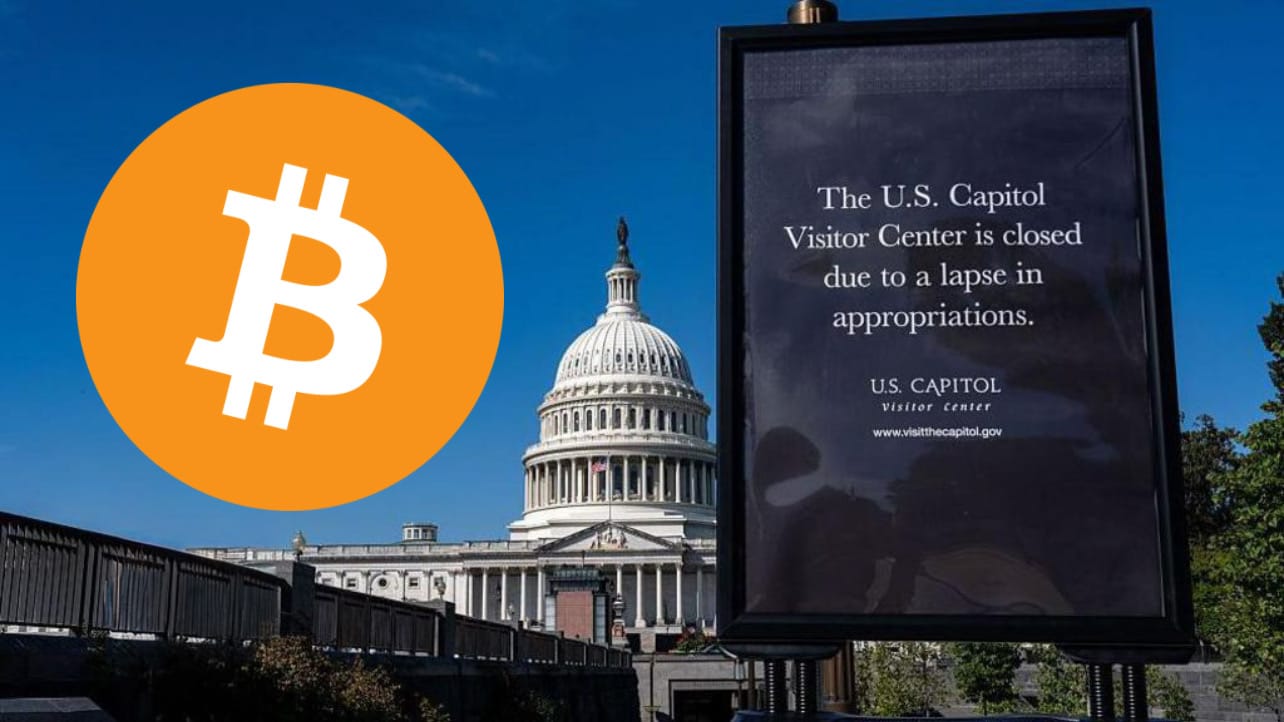US Government Shutdown Pushes Bitcoin Toward New All-Time High

Bitcoin stands on the brink of surpassing its all-time high, with market analysts forecasting a breakthrough as early as next week. It’s currently trading at around $123,227, reflecting a 12% increase over the past seven days and positioning it just 3% shy of its previous peak. This momentum arrives amid heightened uncertainty in Washington, where a failure to agree on the national budget has triggered the 22nd government shutdown since 1974.
The ongoing political impasse marks a stark reminder of the challenges in bipartisan governance, as lawmakers grapple with funding deadlines. Investors are responding by seeking assets that offer protection against such volatility, turning their attention to Bitcoin as a reliable store of value. This shift underscores how macroeconomic disruptions now directly influence cryptocurrency valuations in ways that were less pronounced in earlier cycles.
Stay In The Loop and Never Miss Important Bitcoin News
Sign up and be the first to know when we publishBitcoin Emerges as Key Hedge Against Government Dysfunction
What sets this shutdown apart from historical precedents is Bitcoin’s matured position within the financial landscape. During the extended closure from late 2018 to early 2019 under the previous administration, Bitcoin experienced minimal price impact, trading in a relatively nascent market. Today, however, Bitcoin has established clear correlations with indicators of U.S. government risk, such as the Treasury term premium that reflects investor demands for higher yields on long-term bonds.
This alignment has grown stronger as Bitcoin integrates deeper into mainstream finance, often mirroring movements in major tech stocks. The current shutdown exacerbates these ties by introducing delays in essential economic reporting, which in turn clouds the path for monetary policy. Agencies responsible for labor and economic analysis have halted operations, postponing vital releases on employment figures and inflation metrics until Congress restores funding.
Private sector alternatives have stepped in to fill the void, with reports from firms like ADP indicating flat job growth across the economy. This stagnation in hiring, combined with the absence of official benchmarks, fosters a sense of caution among policymakers at the Federal Reserve. As a result, expectations for a more accommodative stance have taken hold, potentially paving the way for rate adjustments that could further bolster risk-tolerant investments like Bitcoin.
Market pricing reflects this evolving outlook, with futures contracts showing an 87% probability of two quarter-point reductions in the federal funds rate by the end of the year. Such moves would bring the benchmark down to a range of 3.50 to 3.75% from its current level of four percent. These anticipated cuts align with broader signals of softening economic pressures, including a depreciating U.S. dollar and gold reaching fresh record levels.
These factors create an environment where traditional safe-haven assets gain traction, yet Bitcoin benefits uniquely from its dual role as both a hedge and a growth-oriented holding. Easing real interest rates diminish the appeal of low-risk cash equivalents, redirecting capital toward higher-yield opportunities in digital assets. For crypto enthusiasts, this dynamic reinforces Bitcoin’s resilience, even as traditional markets navigate the ripples of fiscal gridlock.
As the shutdown persists, its ripple effects extend beyond immediate price action to shape long-term investor strategies. The cryptocurrency’s performance during this period could solidify its reputation as an essential portfolio diversifier, particularly in times of institutional uncertainty. With analysts eyeing the Bitcoin price potentially climbing to $135,000 in the near term, the coming weeks will test whether this political catalyst translates into sustained upward trajectory for Bitcoin and the broader crypto market.

